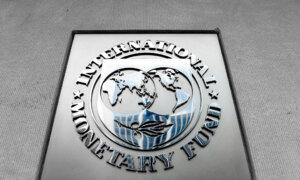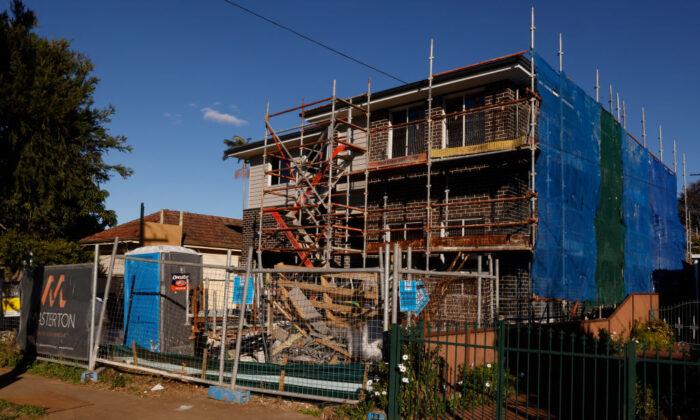Western Australia emerged as the best performing economy across all states, according to Commonwealth Bank’s research, reclaiming the top spot for the first time in a decade.
CommBank noted that Western Australia led in terms of retail spending, relative unemployment and relative population growth, out of the study’s eight indicators.
The study used the most recent economic data available, which include population growth data in the March quarter, unemployment data in the month of September, and housing finance figures in the month of August.
“Western Australia’s robust economic fundamentals, especially its low unemployment and strong population growth has fuelled nation-leading consumer spending, pushing the state to the top of the leaderboard for the first time in a decade,” said Ryan Felsman, Chief CommSec Economist.
“WA is well positioned for sustained future performance; however, the competition remains intense, particularly among the top three states with Queensland moving quickly up the rankings.”
In the June quarter, Western Australia’s retail spending was 10.5 percent higher than the decade-average level, despite the rising cost of living and higher borrowing costs.
Moreover, the region’s unemployment was at 3.7 percent in September, 29.5 percent below the decade-average level.
Western Australia’s population growth stood at 3.11 percent, 98.9 percent above the decade average for the year to the March quarter 2024.
“Importantly, the report noted Western Australia has the strongest jobs market, which we know is the best way to continue growing our economy and of course, for Western Australians to support their families,” said Rita Saffioti, treasurer of Western Australia.
South Australia Nudged From Second Spot
Meanwhile, South Australia fell to second spot but led in real economic growth with activity 8.4 percent above its long-term average level of output.The state also witnessed the fastest economic growth of 3 percent over the year.
Moreover, South Australia led other economies in terms of dwelling starts, which was 3.9 percent below the decade average.
“Maintaining second spot is a very positive sign for the South Australian economy. While it’s disappointing to lose top spot to Western Australia in a close contest, it was always going to be difficult to compete given their current advantages,” said Stephen Mullighan, treasurer of South Australia.
Felsman noted that Australia has a resilient job market and solid population growth but its high interest rates pressure consumers and slow down economic momentum.
“The path forward will largely depend on the ongoing strength of the labour market, trajectory for monetary policy, and China’s economic recovery,” said Felsman.






